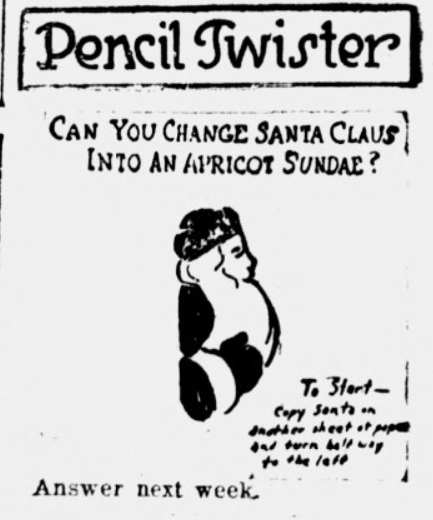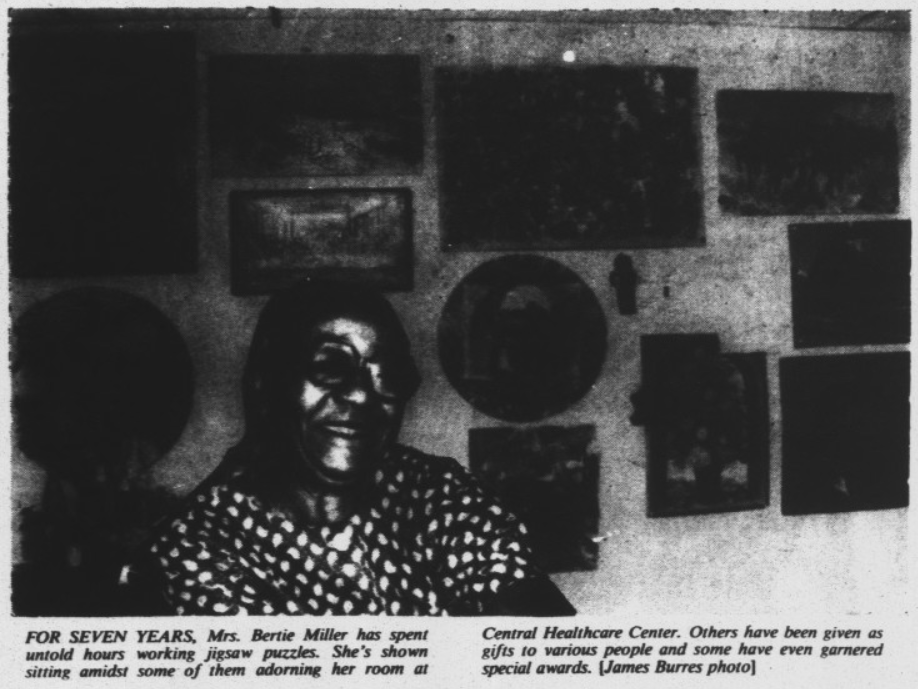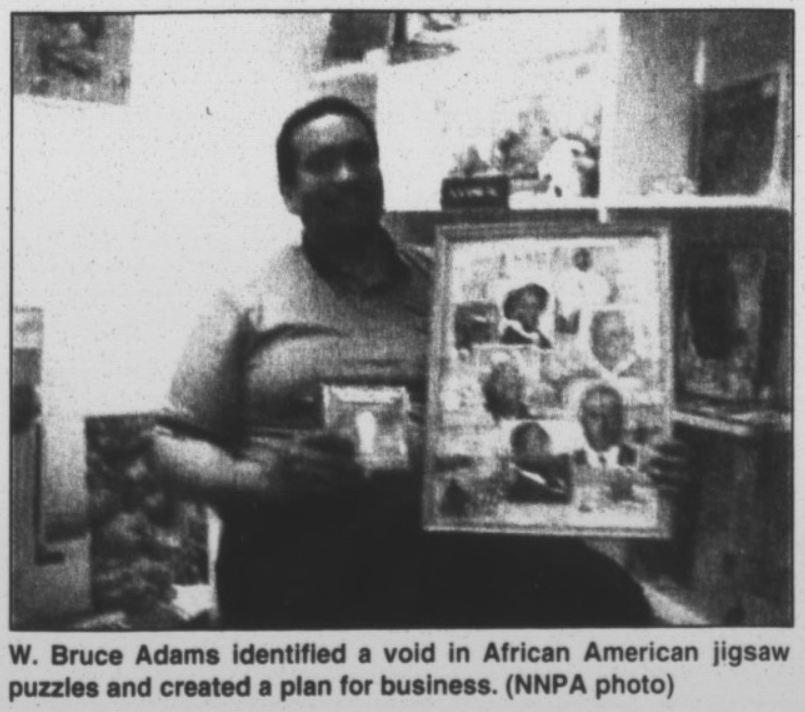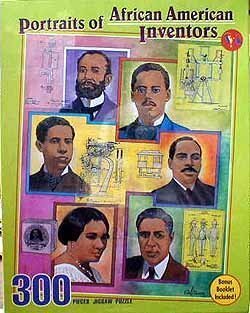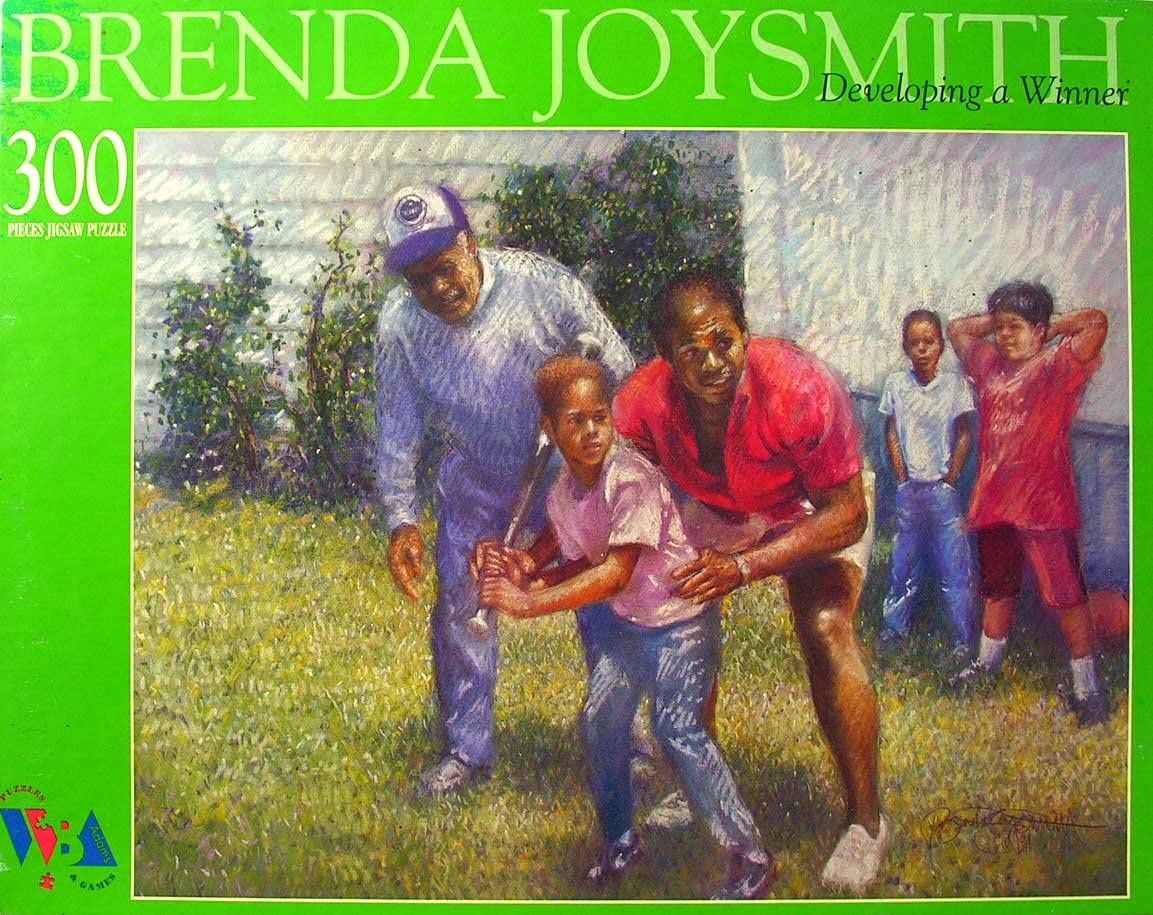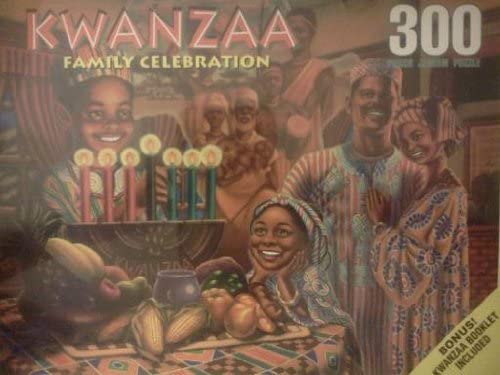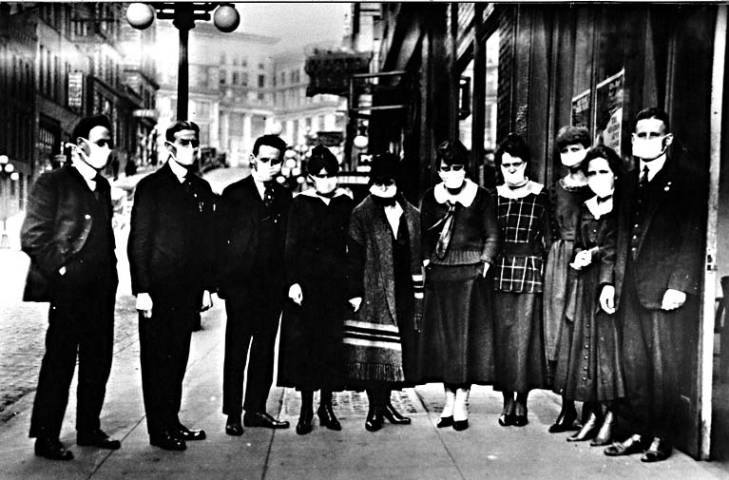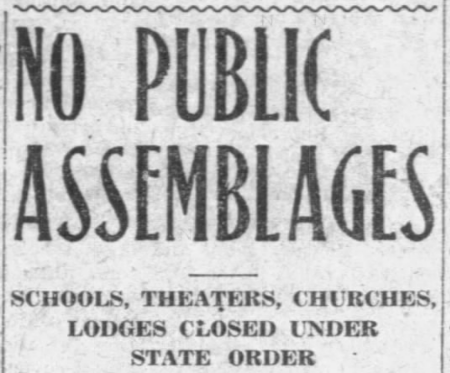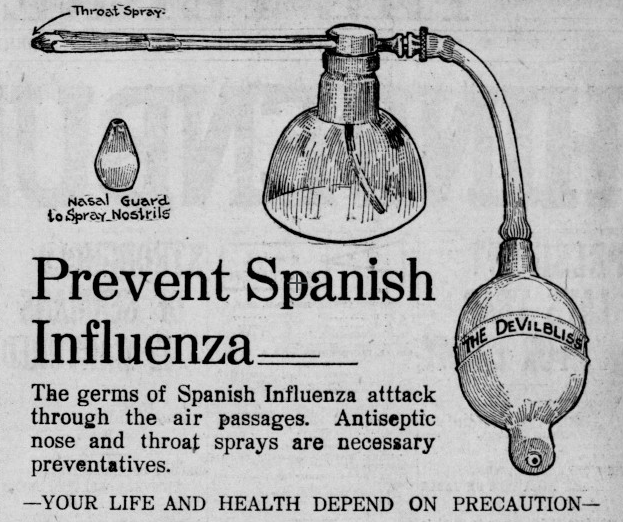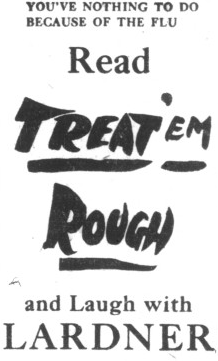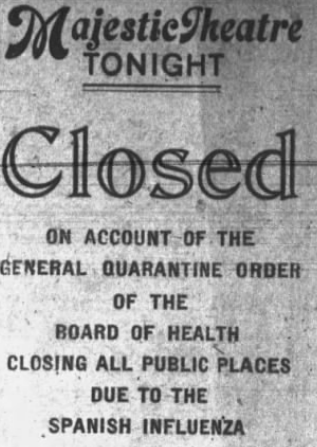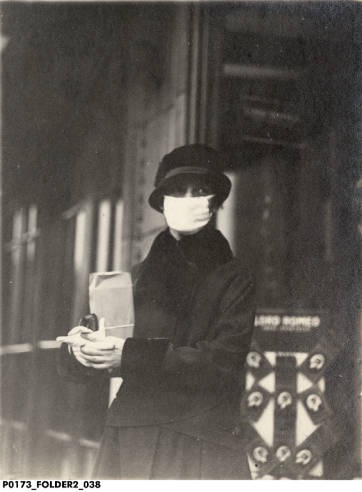
For many Hoosiers across the state, this week marks the sixth week that they’ve been asked to stay at home to help flatten the curve and slow the spread of COVID-19. In addition to the many schools, businesses, libraries, and other enterprises that have been impacted, so too have Indiana’s religious institutions. During this stretch, Christians could not come together as parishioners to celebrate Holy Week as they have for centuries past. Jews had to find alternative ways to observe Passover. And last week, with the start of Ramadan, Muslims could not gather in mosques or with family to mark the month of spiritual rejuvenation as they traditionally would.
Beyond adjusting to holiday commemorations is the general desire among worshipers to practice their religion and attend daily or weekly services together as normal. Most religious leaders across the state have made the difficult, but necessary decision to help comply with social distancing orders in an effort to do their part and protect their followers and other Hoosiers.
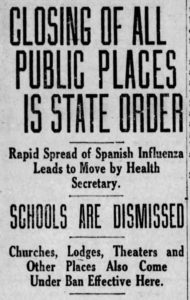
Historical records show us that this is not the first time Indiana’s religious institutions have faced such circumstances. When the Spanish Influenza pandemic hit Indiana in the fall of 1918, U.S. public health service officials mandated a statewide quarantine here and in most other states. The order, put in place by October 6th, called for the immediate closure of “all schools, churches, theaters, amusements of all kinds, and to put a ban on all public meetings and gatherings.”[1] In a previous post, IHB historian Nicole Poletika examined how Hoosiers coped with the quarantine in a number of ways. Here, we take a more in-depth look at how the order directly impacted Indiana’s religious institutions and believers in late 1918.
As we’ve seen today, Hoosiers have not let the stay-at-home order prevent them from finding creative ways to come together, celebrate, and in some cases mourn. While technological advancements might afford us more opportunities to “see” one another and connect virtually now, religious leaders in 1918 also found many ways to help keep the faith among their followers as the number of influenza cases grew.
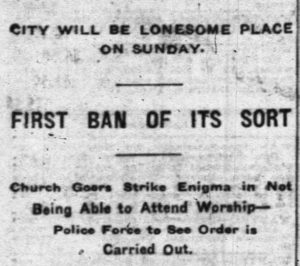
Many used the local press to stay connected with members, give each other hope, and encourage the continued practice of their religion. Through the newspapers, they shared scripture readings, offered Bible school lessons, and encouraged their followers and anyone else interested to worship as individuals or together as a family. In mid-October 1918, A.F. Mitchell, chairman of the press committee of the Ministerial Association, issued the following statement to city church members in Richmond, which was published by the Palladium Item on October 12, 1918: [2]
On account of the ban laid upon congregational assemblies there will be no public services of the churches until after October 20. During this period of time there should be no cessation in Bible study or worship. The home is still fundamental and the basis of all good government. . . Let the home then be true to its highest privilege and around the family altar keep the home fires burning adding even a brighter glow while the churches are closed.
Rev. G.P. Fisher published a similar statement in the Culver Citizen a few days later, urging all families to continue to pray at the stated hours of services.[3] When the statewide ban was extended to the end of October, First Presbyterian Church in Rushville implored members to “make [Sunday] a day of prayer and meditation in their homes” and the pastor offered an outline of readings to unite the congregation despite their physical isolation.[4]
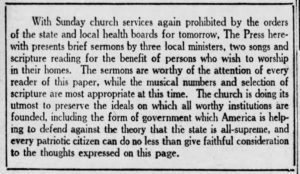
Some newspapers went a step farther and dedicated larger portions of their publications to celebrating Sunday morning services. In a series the Indianapolis Star named “Worship with the Star,” the paper featured a full page that included opening and closing hymns, a scripture lesson, and sermons.[5] The Muncie Press responded similarly in their October 19, 1918 issue, presenting sermons from the pastors of First Baptist Church, First Presbyterian Church, and High Street M.E. Church.[6]
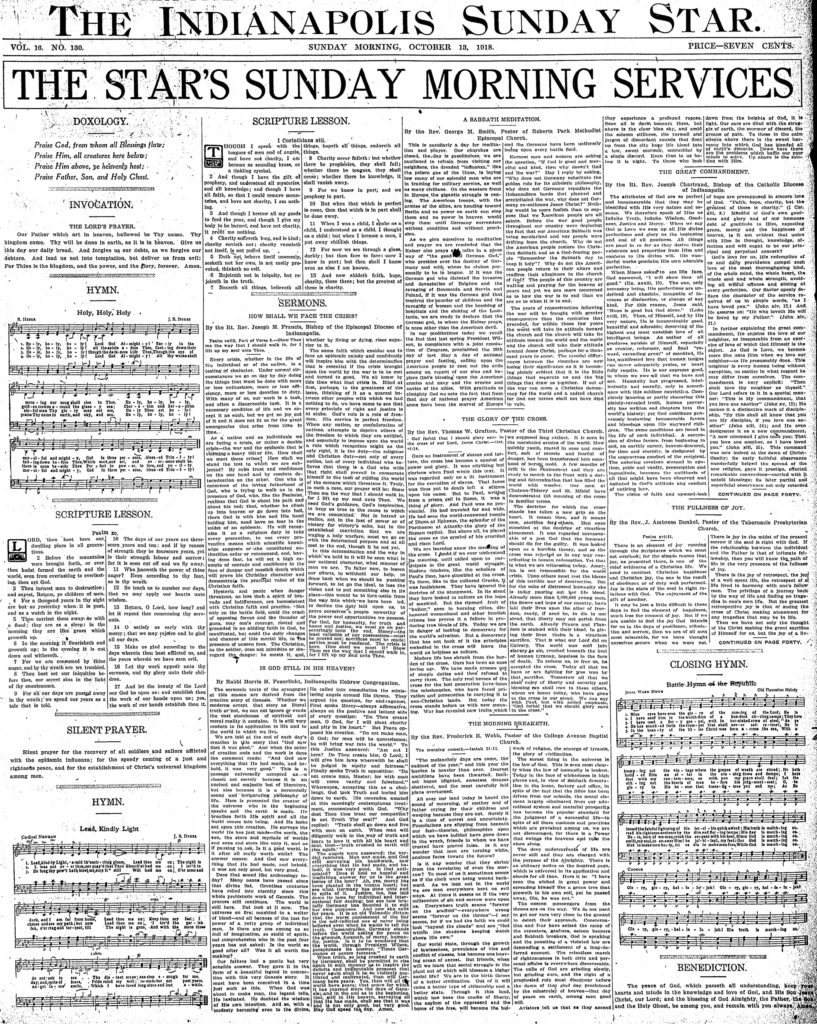
Religious leaders sought other ways to maintain contact with their members and keep services going during the influenza pandemic. Today, during the present COVID-19 crisis, we’ve seen a trend among a number of churches across the country to offer “drive-in” services. Some worshipers have also celebrated services on their front lawns in an effort to comply with social distancing regulations. In 1918, some church leaders actively proposed and, in some cases held, open air services, believing that “brief religious services in well ventilated churches” could be held “without in any serious sense compromising the health of the community.”[7]
Local health boards across the state discouraged this practice. On October 13, 1918, a policeman had to be dispatched to the Adelbert Polish Catholic Church in South Bend when the pastor of the church offered one such service.[8] Similarly, in Evansville, the local health officer denied granting permission to the Assumption Church to hold open air services at Bosse Field in mid-October, stating that “even a gathering in the open air might prove dangerous.”[9] As conditions seemed to improve in early November and the ban was lifted, many churches held open air services with the approval of their local boards of health.[10]
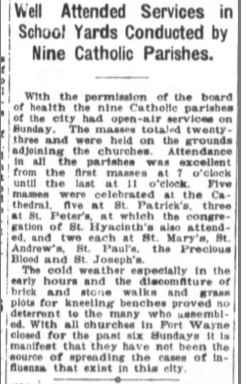
Rev. F.E. Smith of Jackson Street Christian Church in Muncie came up with one of the more creative ways of safely “getting around the flu order.” Working with the Central Union Telephone Company, Rev. Smith arranged to hold services by having members of the church call in and listen by phone, our modern equivalent to following services online or watching them broadcast on television.[11]
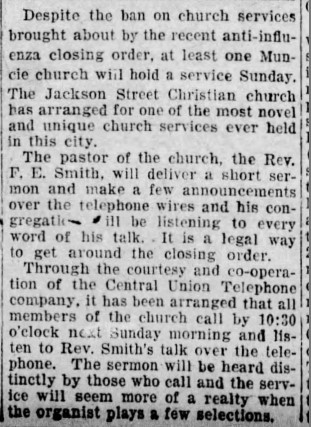
As the flu pandemic went on, worshipers and religious leaders alike wondered what the lasting impact might be once buildings began to reopen and gatherings were again permitted. A cartoon in the Fort Wayne Sentinel offered one view, with different families seated apart from one another in church and everyone required to wear masks upon entry to help contain the spread of germs.[12]
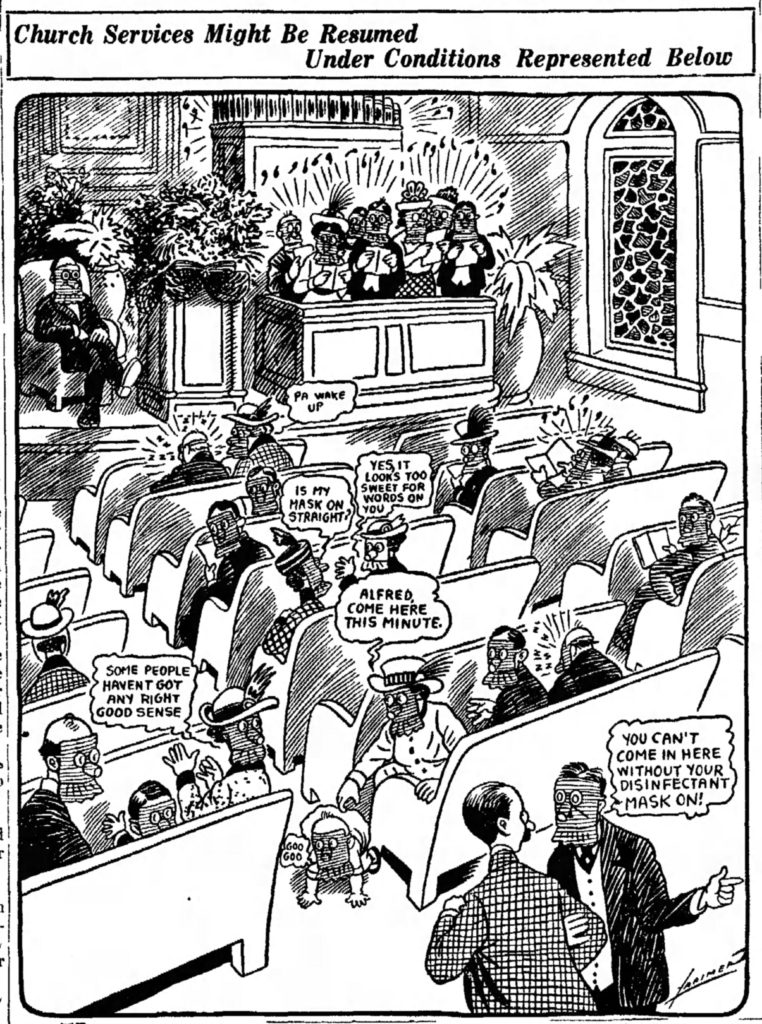
As new outbreaks of the flu occurred in late November and December, health authorities across the state strongly urged all people attending churches or theaters, or visiting stores to wear regulation masks.[13] Some churches curtailed services, while others closed again for a few weeks under new bans. In December, board of health officials in some areas ordered churches to keep their services to one hour in length and “instructed [pastors] to devote fifteen minutes of that hour to the subject of ventilation in the homes and business houses as a preventative of influenza.”[14]
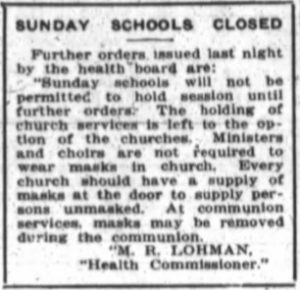
Like businesses across the state, religious institutions also had to deal with the financial strains imposed by the pandemic. Several weeks of missed weekly offerings left heavy burdens on some churches. Many religious leaders looked for ways to continue collections as their buildings remained closed, with some publicizing specific hours whereby members could safely drop off their offerings.[15]
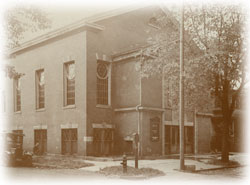
Pastors and rabbis also sought ways to help those more directly afflicted by influenza. In mid-October 1918, Rabbi Julius A. Leibert of Temple Beth-El in South Bend offered the city the “use of the temple as an improvised concentration hospital where cases of influenza could be taken.”[16] Local board of health members discussed the plan with other leading health experts and declined the offer, fearing that concentrating larger numbers of people at the temple at that time would increase the mortality rate. Other actions were taken elsewhere in the state as the pandemic continued. For example, as the number of influenza cases grew in Tipton County in December, leaders at Elwood’s First Christian Church converted the building into a temporary hospital to help offer aid to those afflicted.[17]
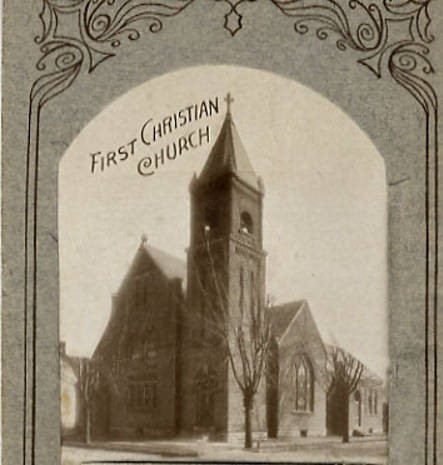
Though pressure to end the state’s COVID-19 quarantine has increased in the last few weeks, it remains unclear when businesses, cultural institutions, and religious buildings will reopen and what guidelines will be enacted when they do. The 1918 influenza pandemic offers us examples of how religious leaders and worshipers handled closures and bans on gatherings in the past and how they continued to safely practice their faith and serve the community in the midst of a crisis.
Notes:
*All newspaper articles were accessed via Newspapers.com unless otherwise noted.
[1] “Closing of All Public Places is State Order,” Muncie Evening Press, October 7, 1918, 1, 8.; “No Public Assemblages,” Princeton Daily Clarion, October 7, 1918, 1, accessed Newspapers.com.
[2] “Keep Church Work Going, City Urged,” Palladium-Item (Richmond, IN), October 12, 1918, 5.
[3] “Preacher to People,” Culver Citizen, October 16, 1918, 4.
[4] “With the Churches,” Daily Republican, October 26, 1918, 3.
[5] “Worship with the Star,” Indianapolis Star, October 12, 1918, 1.; “The Star’s Sunday Morning Services,” Indianapolis Star, October 13, 1918, 30.
[6] “Go to Church Sunday with the Muncie Press,” Muncie Evening Press, October 19, 1918, 2.
[7] “Urges Open Air Church Service,” South Bend News-Times, October 13, 1918, 3.
[8] “Polish Priest Holds Open Air Service in Defiance of Health Order,” South Bend News-Times, October 14, 1918, 3.
[9] “The Influenza is Decreasing Reports Show,” Evansville Press, October 17, 1918, 6.
[10] “Hold Services in Open Air,” Fort Wayne Sentinel, November 9, 1918, 1.; [Untitled], Fort Wayne Journal-Gazette, November 10, 1918, 2.; “Celebrated Masses in Open-Air Sunday,” Fort Wayne Journal-Gazette, November 13, 1918, 6.
[11] “Church Services by Phone to Get Around ‘Flu’ Order,” Muncie Star Press, October 12, 1918.; “And Don’t Forget to Put Baby to Sleep,” Muncie Evening Press, October 12, 1918, 8.
[12] “Church Services Might be Resumed Under Conditions Represented Below,” Fort Wayne Sentinel, October 16, 1918.
[13] “The Need of Precaution,” Fort Wayne Sentinel, November 20, 1918, 7.; “Flu Mask Order Stands; Option is Permissible,” Indianapolis Star, November 24, 1918, 1.; “Must Wear Flu Masks,” Fort Wayne Sentinel, December 3, 1918, 1.; “Epidemic Fought by Wearing Masks,” Fort Wayne Journal-Gazette, December 6, 1918, 1.
[14] “Ban is Lifted as to Churches,” Columbus Republic, December 17, 1918, 4.; “Health Board Rapped for Closing Churches During the Epidemic of Flu,” Columbus Republic, December 25, 1918, 3.
[15] “Pastors Need Support While Flu Ban is On,” Indianapolis Star, October 25, 1918, 9.; “Church Needs,” Indianapolis News, October 26, 1918, 6.
[16] “Board of Health Rejects Temple Beth-El Offer,” South Bend News-Times, October 20, 1918, 2.
[17] “Condition Serious at Elwood,” Tipton Daily Tribune, December 13, 1918, 1.; First Christian Church, Elwood, Indiana, photograph, ca. 1908, accessed Indiana Memory.



